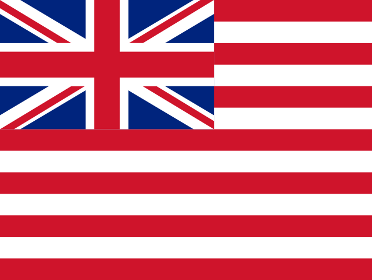British East India Company

Table of Contents
- Establishment of the Company
- Struggle with the Dutch East India Company
- Company's Dominance over India
- Decline and Dissolution
- British East India Company in America
Quick Facts
The British East India Company was established by Queen Elizabeth I on December 31, 1600, to rival the Dutch in spice trade with South and Southeast Asia.
It focused its activities on India after the Amboyna massacre in 1623.
The company's monopoly on tea trade with the colonies was one of the key events that led to the American Revolution.
The company's opium smuggling to China provoked the Opium Wars.
The company governed the Indian subcontinent from 1757 until the Indian Mutiny of 1857.
It was dissolved on January 1, 1874.
Establishment of the Company
The British East India Company, also known as the English East India Company or simply the East India Company was a British trading company established by Queen Elizabeth I (r. 1558-1603) by a royal charter on December 31, 1600. The company was founded to compete with the Dutch monopoly on spice trade with the East Indies (today’s South and Southeast Asia) which, however, provoked a bitter opposition of the Dutch who established their own East India Company two years later.
Struggle with the Dutch East India Company
The rivalry between the British and Dutch East India Companies reached its height with the Amboyna massacre in 1623 when the Dutch tortured and executed the English merchants on Ambon Island (present-day Maluku, Indonesia). The British East India Company afterwards gave up the Spice Islands (present-day Maluku Islands) and focused on India. It soon started making large profits from trade monopoly and established itself in the most important trading ports in India including Madras, Calcutta and Bombay. In 1708, it merged with a rival English company and established a complete monopoly on trade with the Indian subcontinent over the following decades.
Company’s Dominance over India
Elimination of competition after the merger with a rival company and an enlarged charter that gave it the right to hold territory, exercise jurisdiction, conclude treaties, issue its own money, maintain an army and wage war, made the company’s complete domination over the Indian subcontinent only a matter of time after the Portuguese had lost their holdings in the region. In 1757, the English commander Robert Clive decisively defeated its most serious rival - the French East India Company and won Bengal, while the British victory over the Maratha Empire in 1818 made the British East India Company an undisputed ruler of India.
Decline and Dissolution
The company’s territorial extension after defeat of the French East India Company, however, resulted in increased regulation of the company’s rule by the British government which took over the effective rule in India by the Regulation Act of 1773 and the East India Act of 1784. In 1813, the company lost its trade monopoly in India but it was allowed to continue to govern the Indian subcontinent and to retain its monopoly on trade with China. Two decades later, it also lost the monopoly on trade with China, while its illegal export of opium to China provoked the Opium Wars (1839-1842 and 1856-1860). The Indian Mutiny of 1857 forced the British government establish a direct control over India and the British East India Company was dissolved by the East India Stock Dividend Redemption Act that became effective on January 1, 1874.
British East India Company in America
The British East India Company never had such direct influence on American affairs like it had on Indian and Chinese. However, it was its monopoly on tea trade with the colonies that triggered the Boston Tea Party which was one of the key events that led to the American Revolution. Afterwards, the company had virtually no contact with America.




